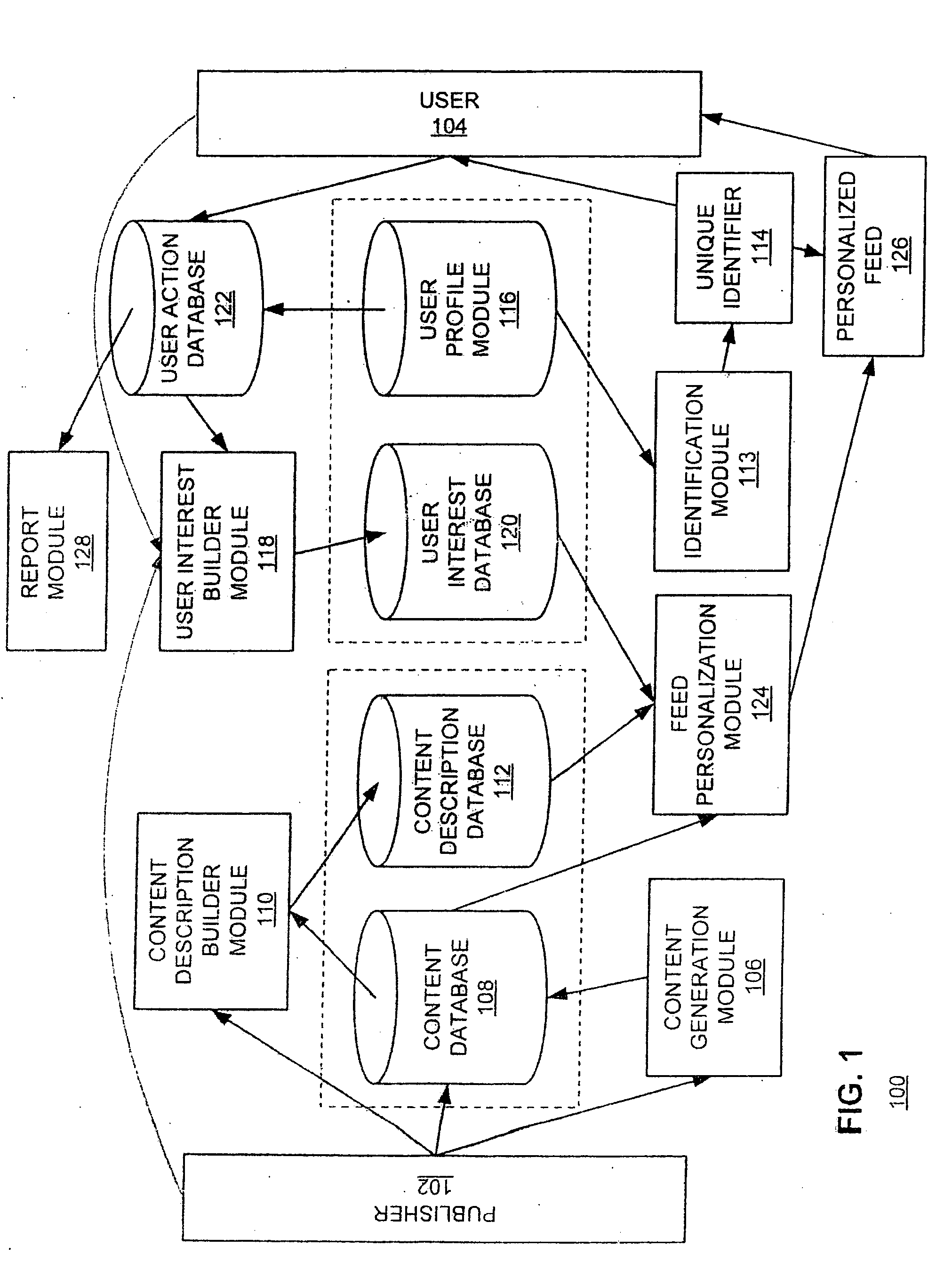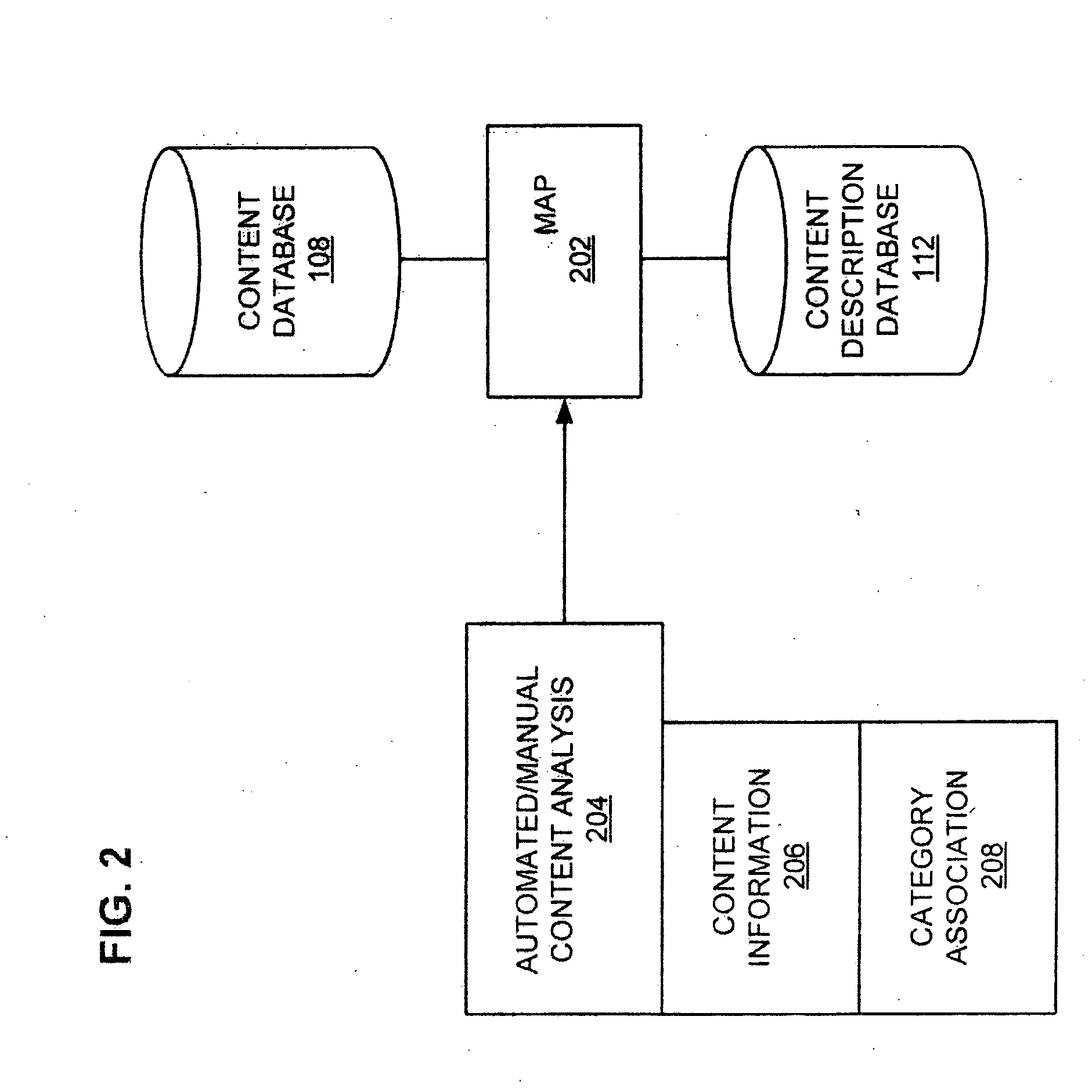Data extraction for feed generation
a data extraction and feed technology, applied in the field of information extraction and distribution, can solve the problems of difficult for a business to deliver the right marketing message, each of these methods has limitations, and the task of effectively communicating with such constituencies is difficult, and achieves the effect of quick assembly
- Summary
- Abstract
- Description
- Claims
- Application Information
AI Technical Summary
Benefits of technology
Problems solved by technology
Method used
Image
Examples
Embodiment Construction
[0047] The Figures (“FIG.”) and the following description relate to preferred embodiments of the present invention by way of illustration only. It should be noted that from the following discussion, alternative embodiments of the structures and methods disclosed herein will be readily recognized as viable alternatives that may be employed without departing from the principles of the claimed invention.
[0048] The present invention includes a system and a method for providing a personalized feed to a user. Feeds are created by putting information into a file with extensible markup language (“XML”) tags and dynamically generating or saving the file in a server such as a web server. Users can use client-side agents such as aggregators, portals, or browsers to monitor these files, understand changes to information (e.g., via the XML metadata), and download updates if appropriate. In one embodiment, customization content is provided to the user for the user to define categories of content...
PUM
 Login to View More
Login to View More Abstract
Description
Claims
Application Information
 Login to View More
Login to View More - R&D
- Intellectual Property
- Life Sciences
- Materials
- Tech Scout
- Unparalleled Data Quality
- Higher Quality Content
- 60% Fewer Hallucinations
Browse by: Latest US Patents, China's latest patents, Technical Efficacy Thesaurus, Application Domain, Technology Topic, Popular Technical Reports.
© 2025 PatSnap. All rights reserved.Legal|Privacy policy|Modern Slavery Act Transparency Statement|Sitemap|About US| Contact US: help@patsnap.com



